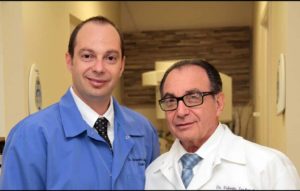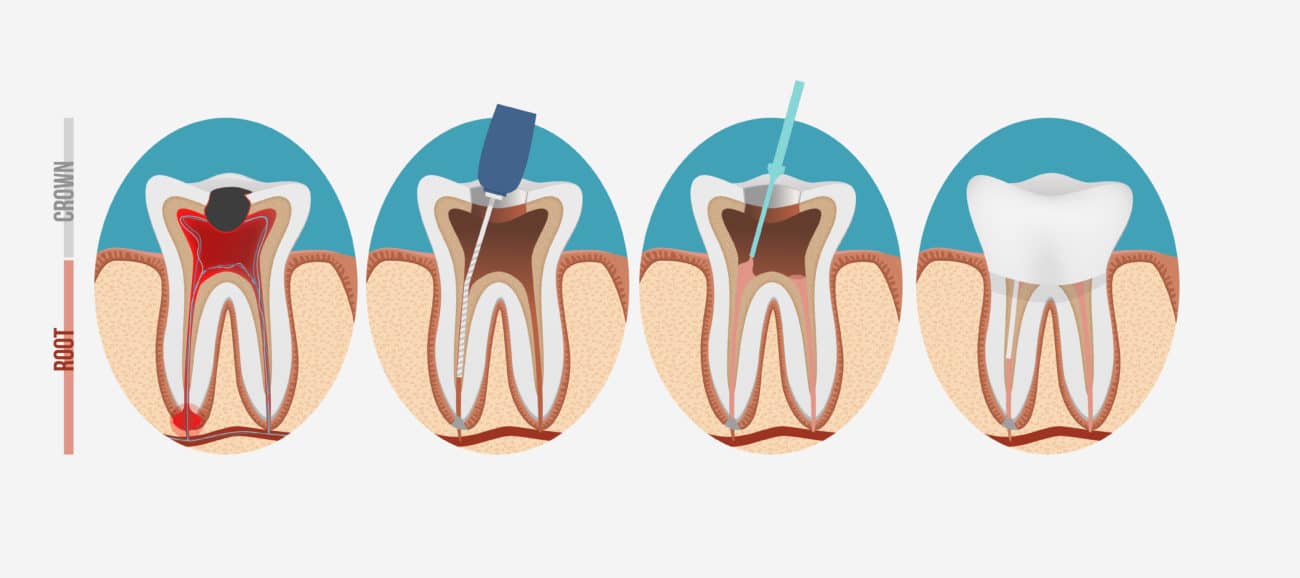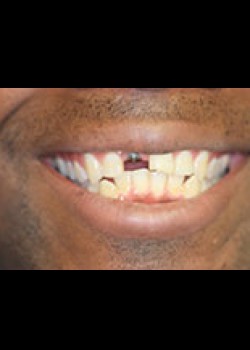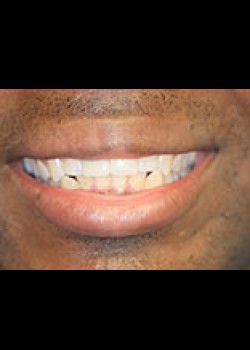Root Canal Therapy
What is root canal therapy?
Root canal therapy is designed to remove infected dental pulp — the soft tissue inside tooth that contains nerves, blood vessels, and connective tissue. Teeth that are abscessed, or infected can receive a root canal in order to keep the tooth in the mouth, instead of extracting (pulling)the tooth, in 95 percent of these cases of pulpal infection, the natural tooth can be saved through modern endodontic (root canal) procedures.
What causes pulpal nerve damage?
The most common causes of pulpal nerve damage are:
- Cavities:Generally brought on by aggressive tooth decay (cavity) reaching down to the nerve or under a deep fillings, which destroy your natural defense of enamel and allow bacteria to reach the nerve resulting in infection and decay.
- Trauma: A blow to a tooth or the jaw can cause damage to sensitive nerve tissue within the tooth.
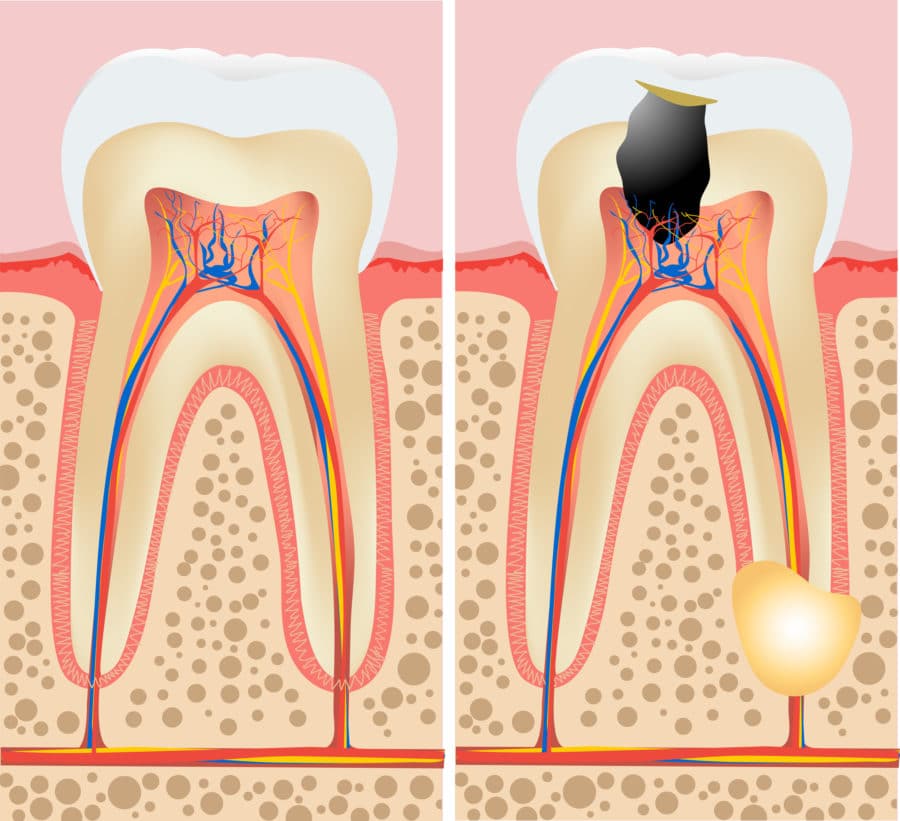
What are the symptoms of pulpal nerve damage?
The following are the most common symptoms of pulpal nerve damage.
- Pain in the tooth when biting down tooth
- Pain while chewing
- Oversensitivity of the teeth with hot and cold drinks
- Facial swelling
- Spontaneous pain during the night
The symptoms of pulpal nerve damage may resemble other oral health conditions. However, each individual may experience symptoms differently so please consult a dentist for a diagnosis.
Why is root canal therapy necessary?
Without treatment, the infection of the dental pulp will spread to the bone around the tooth which in turn will cause pain and swelling, if the infection continues to spread the bone may no longer be able to hold the tooth in place, and will then need to extract the tooth. If the infection of the tooth is not addressed it may spread to other parts of the head and may cause severe health problems.
What does the root canal procedure involve?
Treatment begins with the removal of the tooth decay to allow access to the pulpal tissue which is the source of pain and infection. The area surrounding and containing the pulpal tissue is carefully cleaned, enlarged, and shaped to provide a clean area. After filling the canal where the pulpal tissue was, a crown is fabricated to complete the rescue and restoration of the natural tooth. Sometimes the procedure is spread over several visits to assure the infected pulp and associated bacteria have been adequately drained.
Post-Operative Care Following a Root Canal
Once the root canal therapy is completed, there will be changes to adapt to, including: brittleness – a pulp-less tooth is more brittle than a non-treated tooth and great care should be used to avoid fracture chipping and discoloration. In addition chewing on that tooth may cause discomfort due to the ligaments being inflamed and may be a source of irritation in the weeks following surgery. Consult your dentist, or other oral health specialist, for a treatment approach to help control any post-operative swelling and discomfort.



